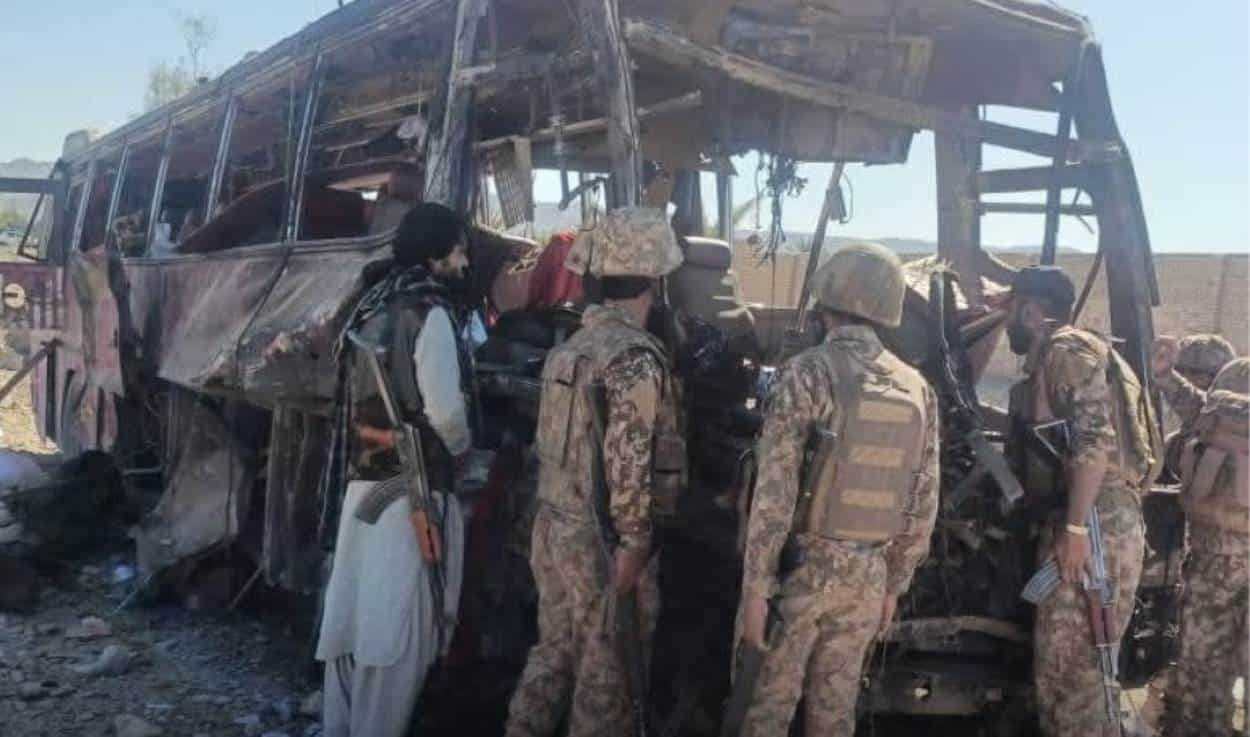Pakistan has seen a sharp 46% increase in overall violence during the third quarter of 2025, according to the latest report from the Centre for Research and Security Studies (CRSS).
The country recorded 901 fatalities and 599 injuries from 329 incidents, including terror attacks and counter-terror operations. This surge underscores the persistent challenges in combating terrorism, despite ongoing security efforts.
The CRSS data highlights a troubling trend: 2025 has already tallied 2,414 deaths through Q3, nearly matching the full-year total of 2,546 from 2024. With Q4 ahead, experts warn this could become one of the deadliest years in recent history, driven by intensified militant activities and expanded counter-terrorism measures.
Of the 901 deaths in Q3, 516 (57%) were militants, while civilians and security personnel accounted for 385 (43%). Civilians suffered the most attacks, facing 123 terror incidents and 355 injuries, compared to 106 attacks on security forces (209 injuries) and about 100 operations against militants (35 injuries).
Compared to Q2 2025, losses rose sharply:
| Category | Q2 Fatalities | Q3 Fatalities | Increase |
|---|---|---|---|
| Militants | 333 | 516 | 55% |
| Civilians | 153 | 219 | 43% |
| Security Personnel | 130 | 166 | 28% |
| Total | 616 | 901 | 46% |
This table illustrates the escalating toll, with security operations proving highly effective—fewer in number but nearly matching terror attacks in fatalities inflicted on militants.
Recent incidents exemplify the violence: A suicide bombing near Quetta’s Frontier Corps headquarters on September 30 killed 11, including two FC personnel, in an attack blamed on Indian-sponsored terrorists. Security forces neutralised all six attackers. The day prior, 13 militants were killed in two intelligence-based operations (IBOs).
Regional Hotspots: KP and Balochistan Bear the Brunt
Khyber Pakhtunkhwa (KP) and Balochistan, sharing borders with Afghanistan, accounted for over 96% of violence. KP was the epicentre, with 638 deaths (71% of total) from 221 incidents—a 64% rise from Q2’s 390 fatalities. Balochistan followed with 230 deaths (25%) from 85 incidents, up 21% from Q2.
Sindh saw a 162% spike in deaths (from 8 to 21), though on a smaller scale. Notably, Q2 showed declines in KP (32%) and Balochistan (40%) compared to Q1, indicating a reversal of the temporary relief.
The CRSS report praises the precision of state operations: Militants suffered the fewest injuries yet the highest fatalities, reflecting targeted strikes. Despite three times more terror attacks than operations, security forces inflicted comparable losses on outlaws, demonstrating strategic gains amid rising threats.
This balance highlights Pakistan’s evolving security landscape, where proactive measures are countering militant intensification but at a high human cost.
As violence escalates, the CRSS urges enhanced counterterrorism strategies, including border security and intelligence sharing, to protect civilians, the most vulnerable group. The porous Afghan border remains a key concern, fueling cross-border militancy.






